Here’s your chance to see the rare art of quilt-making by the women of Karnataka’s Afro-Indian Siddi community at a SoBo gallery’s ongoing exhibition
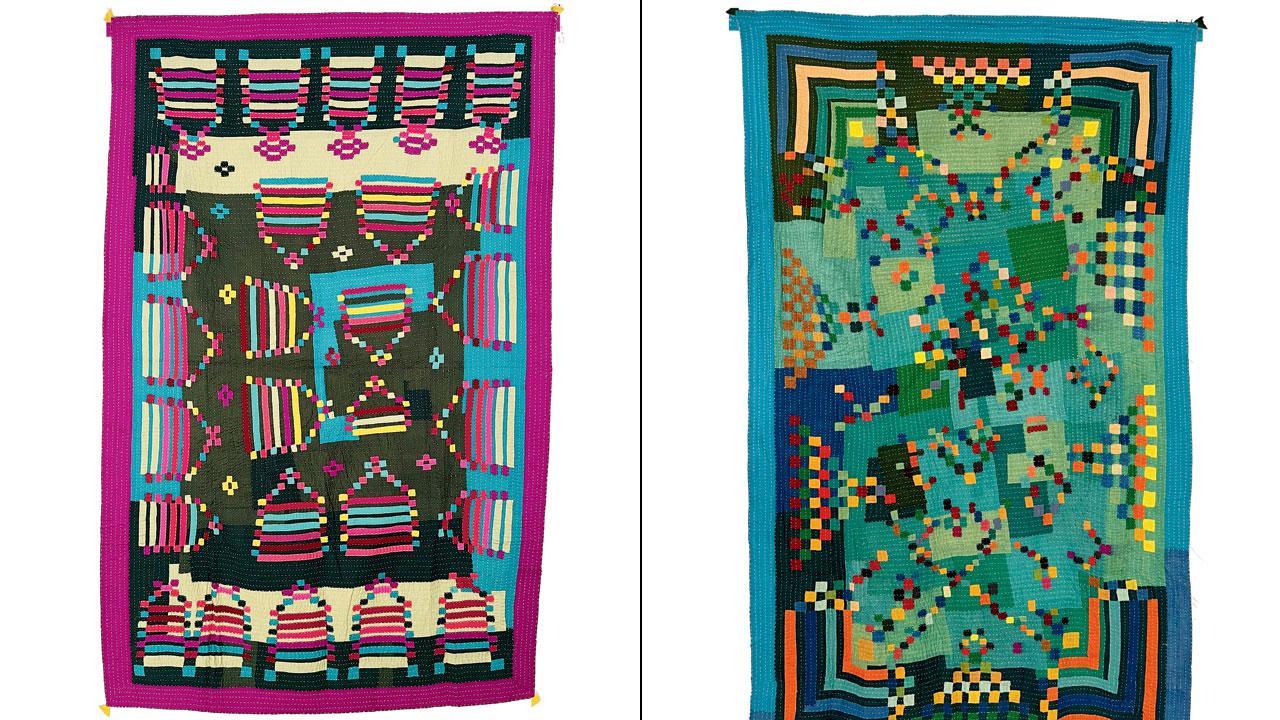
Two artistic quilts stitched by the women on display at the venue
For Anitha N Reddy, a decade of engaging with the Siddi community — a people of African descent who settled in Karnataka, Gujarat and Maharashtra — began with a classmate’s marriage into the community. It was at the wedding that the large colourful quilts drying in the sun caught her eye. Then, following her curiosity with a trail of questions behind her, the art historian, curator and researcher set off working with the women of the community to help keep the tradition of making quilts, or kavand, alive while monetising the craft to earn a living.
ADVERTISEMENT
The Siddi tradition of quilting is an amalgamation of craft and technique borrowed from surrounding cultures, after the community reached the West coast of India as soldiers, attendants to traders and slaves on trade ships over five centuries ago. Reddy notes that each piece of work is a harmonious blend of African and Indian sensibilities.
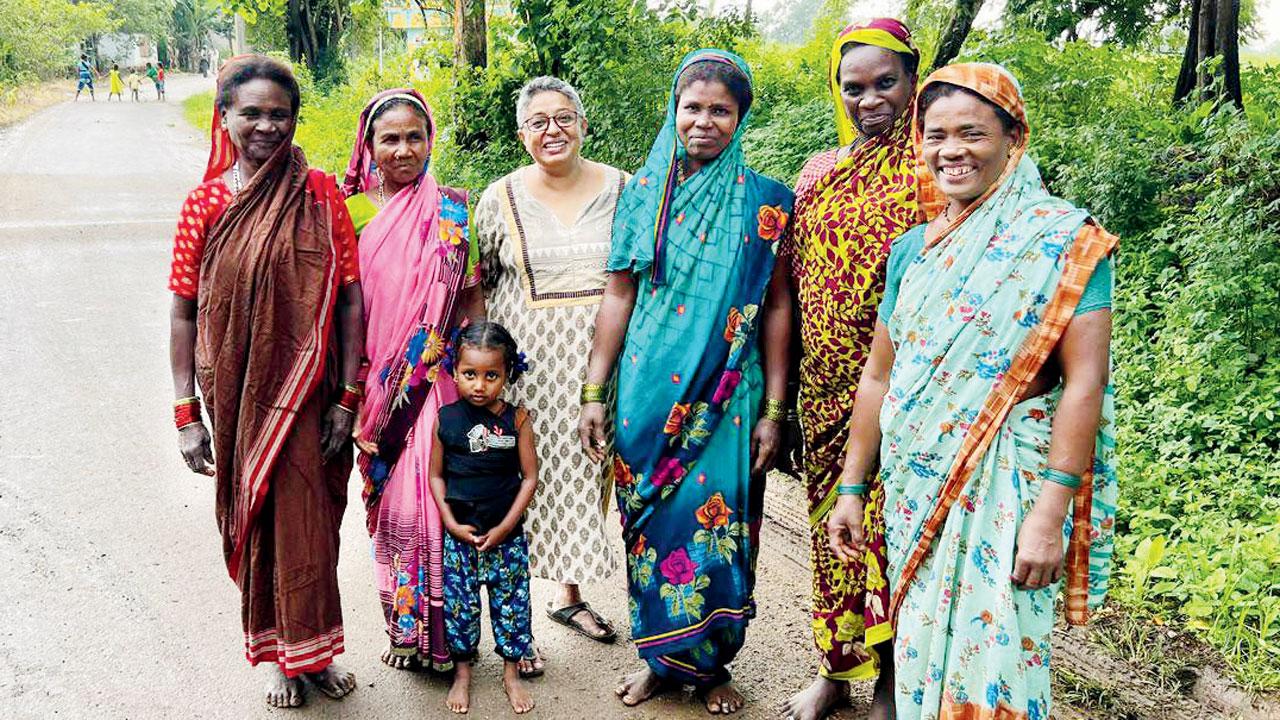
Anitha Reddy (third from left) with the women of the Siddi community
Nearly 40 such quilts are exhibited at a show titled Kavand at ARTISANS’ till Saturday. They have been created by women from three to four different villages in the Uttara Kannada and Dharwad districts of Karnataka. Returning from Baichwad village in Dharwad district a day before we spoke to her, Reddy guides us through how each piece is an expression of its creator wherein the design narrates personal experiences, interactions, and surroundings of the creator. “Such imagery is expressed through abstract pixels [or tikelis] and pictorial representations. Patterns similar to the Gopura are widely used but decoratively,” she adds.
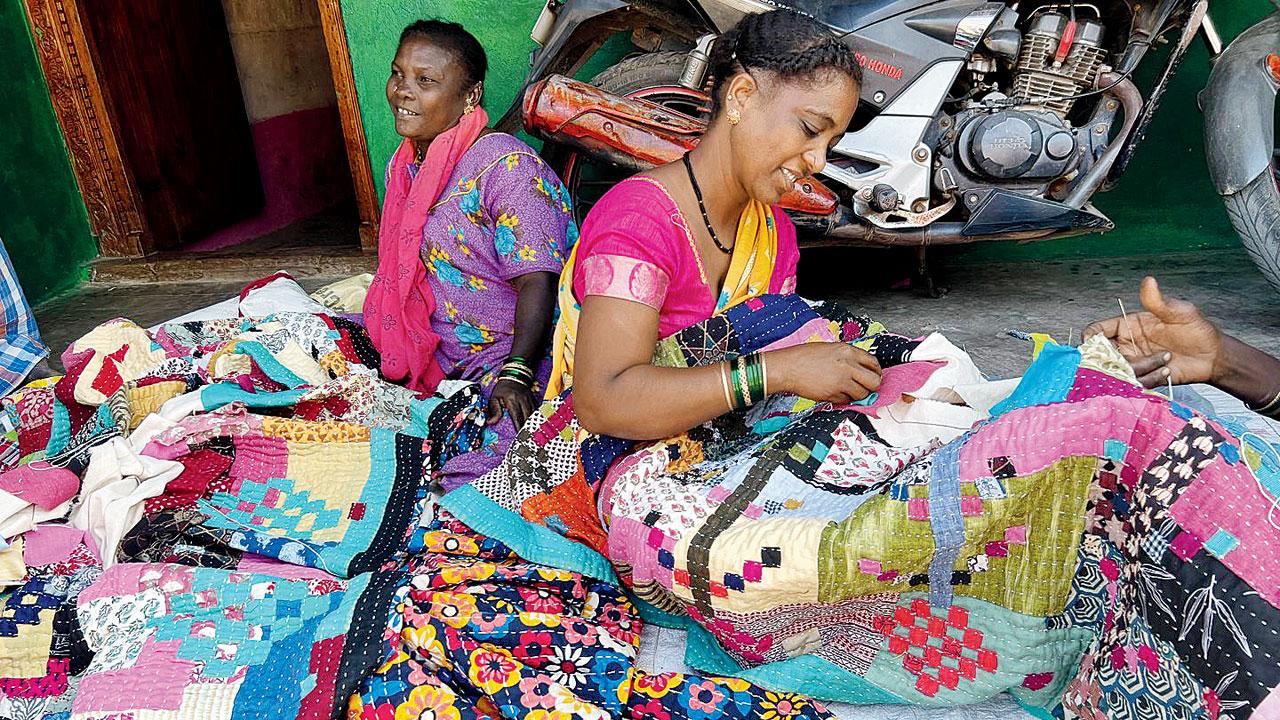
Women from the Siddi community work on their patterned quilts
Usually, quilts are made in a patchwork style; however, when stitching a kavand, the women start from the end of the fabric where the patterns are visualised as they are put together and held with a running stitch across the quilt. “While the skill is the same, the designs change from person to person where their innate sense of colour and individual psyche come through,” the community-based art practitioner shares. Narrating an instance that reflects her words, Reddy shares how pleasantly surprised she was when one of the women, following her sensibilities and taking creative liberty like a true artist, added her own touch of green to a customer’s request for a grey-and-blue-toned quilt.
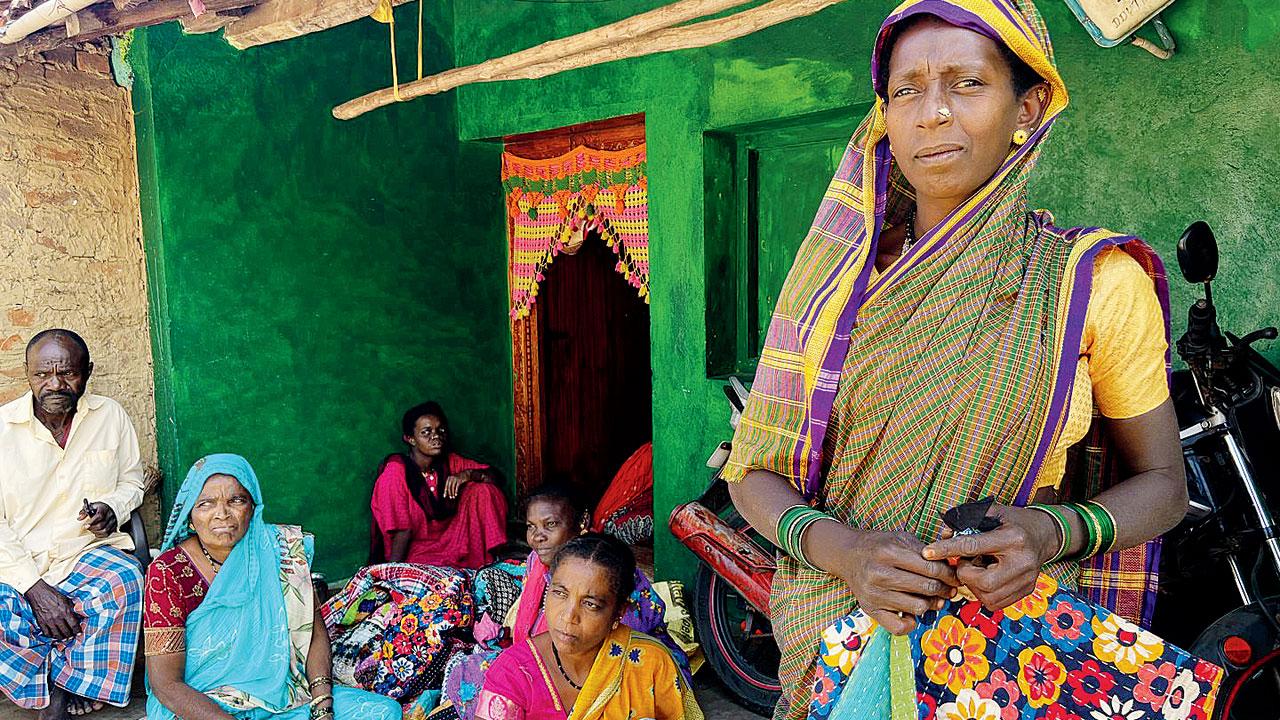
Radhi Parekh, founder-director of the gallery, highlights the unique improvisational quality of the craft, comparing it to jazz music in the women’s use of colour and structure. “Each design is set in a grid where it explores a continuity, yet breaks from the rigidity of said grid. It comprises a play and harmony of colours yet it’s exciting how the design deviates from the palette to sing of its own visual language,” Parekh explains, adding that with such design choices made by each woman artiste creating quilts, textile art must finally get its due.
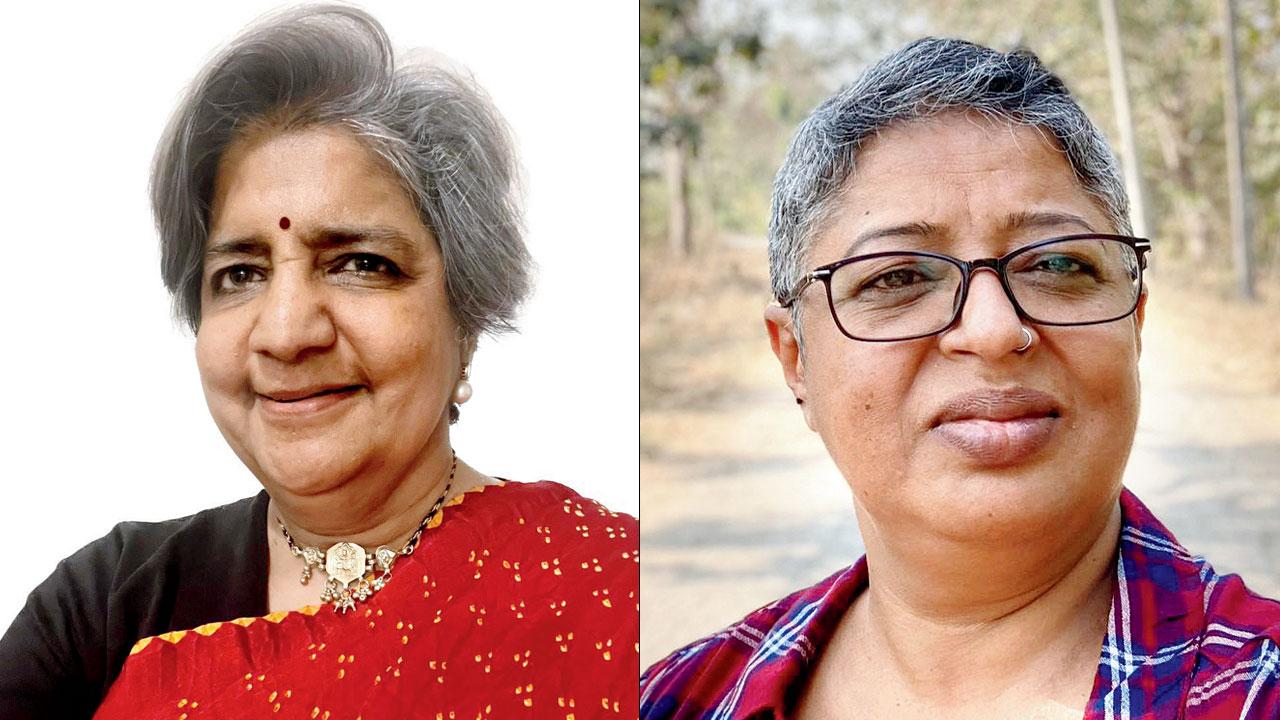
Radhi Parekh and Anitha N Reddy
Reddy’s work with the Siddi community focuses on empowering the women, and thereby the whole community, through a sustainable livelihood. In this manner, the community was supported by the tradition of quilting during the pandemic after the loss of labour work done by men in the community. She sources pre-consumer waste material, mainly cotton, for stitching — a better alternative than the synthetic fabric found at home — that is usually used along with old saris, clothes and other waste fabric. Parekh adds that nothing is cut to size, and so no fabric is wasted; everything is upcycled. Reddy’s intervention also includes conducting skill-based workshops with women from villages like Tattigere, Sambrani, Baichwad, Domgoli, Chipgeri, Bilki, and other areas in the region. “My focus is to also help them recognise their skill and work which is unique and individualistic,” she signs off.
Till: January 14; 11 am to 7 pm
At: ARTISANS’, 52 - 56, VB Gandhi Marg, Kala Ghoda, Fort
 Subscribe today by clicking the link and stay updated with the latest news!" Click here!
Subscribe today by clicking the link and stay updated with the latest news!" Click here!








